Some car models seem to be a hit with consumers and critics alike, yet they still face the chopping block. Understanding the reasons behind these cancellations reveals a complex interplay of factors that go beyond mere sales figures. This article delves into why certain successful car models are discontinued despite appearing to thrive.
Market Dynamics and Consumer Preferences
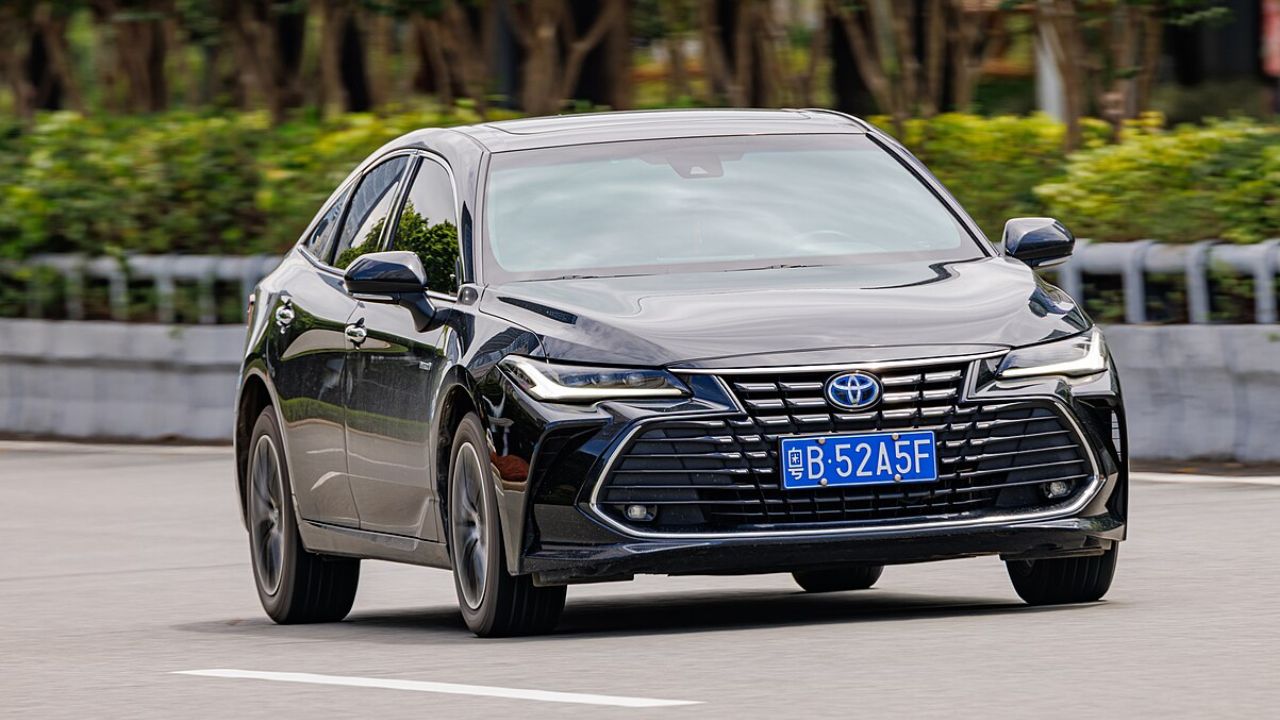
The automotive industry is perpetually influenced by changing consumer tastes, where trends in design, technology, and lifestyle play pivotal roles. For instance, the once-popular sedan models are seeing dwindling interest as consumers now gravitate towards the rugged appeal of SUVs and crossovers. The Toyota Avalon, despite its acclaim for reliability and comfort, was discontinued in the U.S. in 2022 due to the growing preference for SUVs. This shift illustrates how consumer demands can quickly pivot, rendering certain models less desirable even if they perform well in the market.
Moreover, the rise of new vehicle categories has significantly overshadowed traditional models. SUVs and crossovers have surged in popularity, driven by their perceived versatility and better road visibility. This market evolution has left many car manufacturers reconsidering the viability of maintaining a diverse lineup. For instance, Ford’s decision to discontinue several sedan models, including the Fusion and Focus in North America, underscores the reality that maintaining models in less favored categories can be financially unsustainable. Regional preferences further complicate these dynamics, as a car popular in one market might not be viable globally. While compact cars like the Honda Fit thrive in Europe and Asia, they struggle in North America, where larger vehicles dominate the landscape.
Financial and Production Constraints
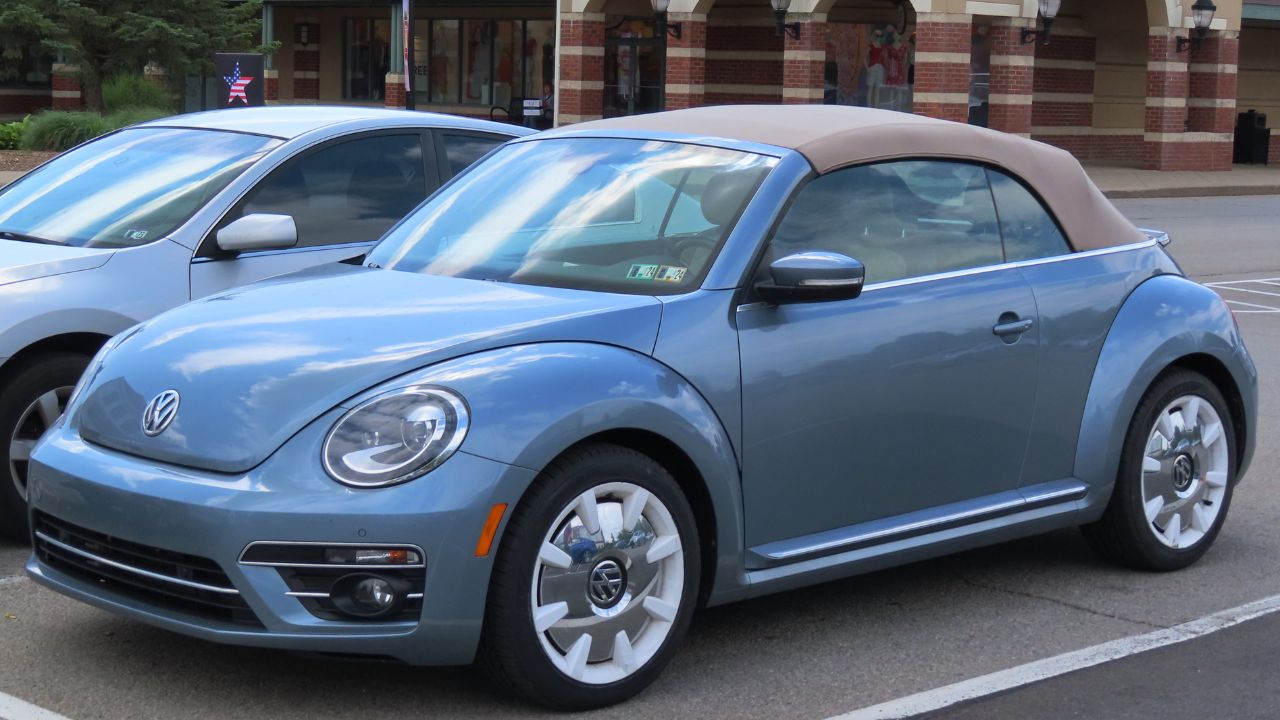
Financial and production constraints are significant factors that drive the discontinuation of certain car models. High manufacturing costs can severely impact a model’s profitability, especially if the vehicle requires specialized parts or labor-intensive assembly processes. The Volkswagen Beetle, a cultural icon, was discontinued in 2019, partly due to its costly production compared to more straightforward models that could be produced at a higher volume and lower cost.
Resource allocation is another strategic consideration for automakers. Companies often prioritize investment in more lucrative or future-oriented models that promise better returns. This strategic focus can lead to the phase-out of models that, while successful, do not align with long-term corporate goals. Additionally, supply chain issues can exacerbate these challenges, as disruptions in the availability of parts and materials can lead to increased costs and production delays. The global semiconductor shortage that began in 2020 is a pertinent example, causing significant delays and production halts across the industry, affecting even popular models.
Corporate Strategy and Brand Image
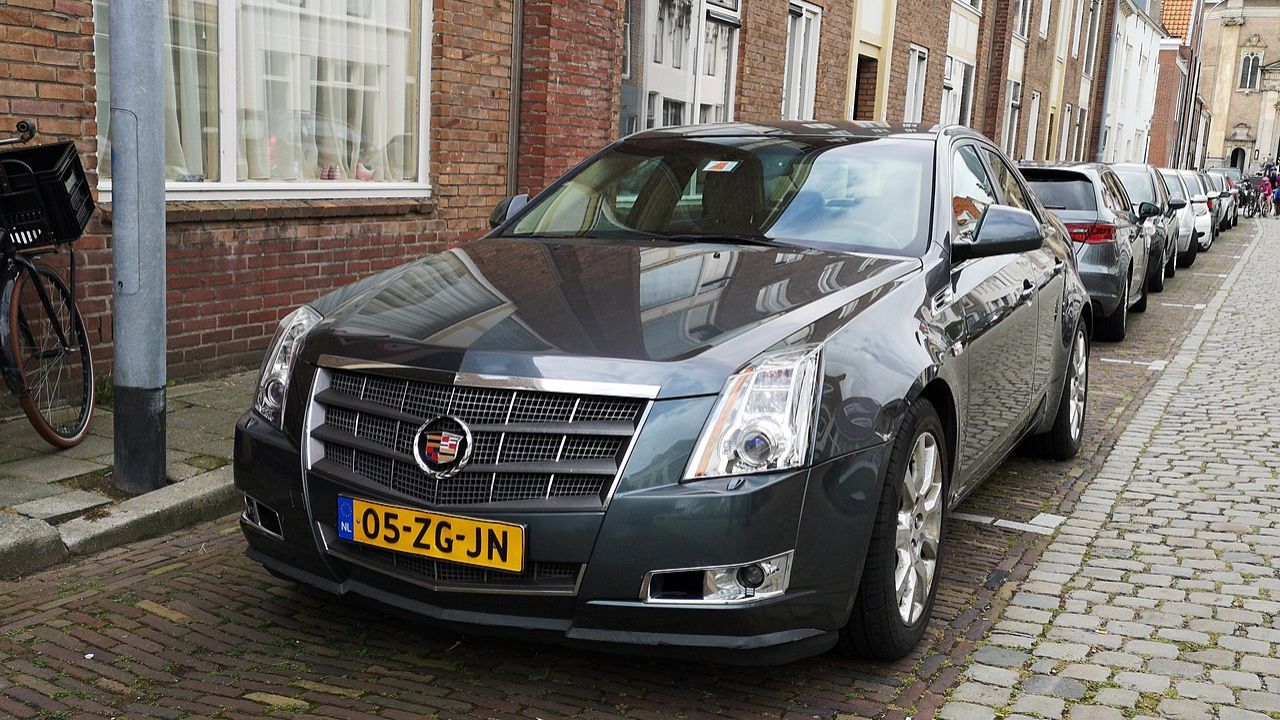
Corporate strategy and brand image are crucial considerations for car manufacturers when deciding which models to keep or discontinue. Brand repositioning often involves phasing out models that no longer align with the company’s evolving vision. For example, Cadillac’s shift towards a more modern, luxury-oriented lineup led to the discontinuation of the ATS and CTS sedans in favor of newer models like the CT4 and CT5, which better reflect the brand’s current identity.
Portfolio optimization is also a key strategy, focusing on models that enhance the brand’s competitive edge. By streamlining their offerings, companies can concentrate on developing vehicles that better meet market demands and technological advancements. Furthermore, an emphasis on innovation often necessitates that resources be directed towards new technologies and models, sometimes at the expense of existing successful ones. This focus on the future is evident in brands like Jaguar, which announced a plan to become an all-electric luxury brand by 2025, leading to the discontinuation of several gasoline and hybrid models.
Regulatory and Environmental Challenges
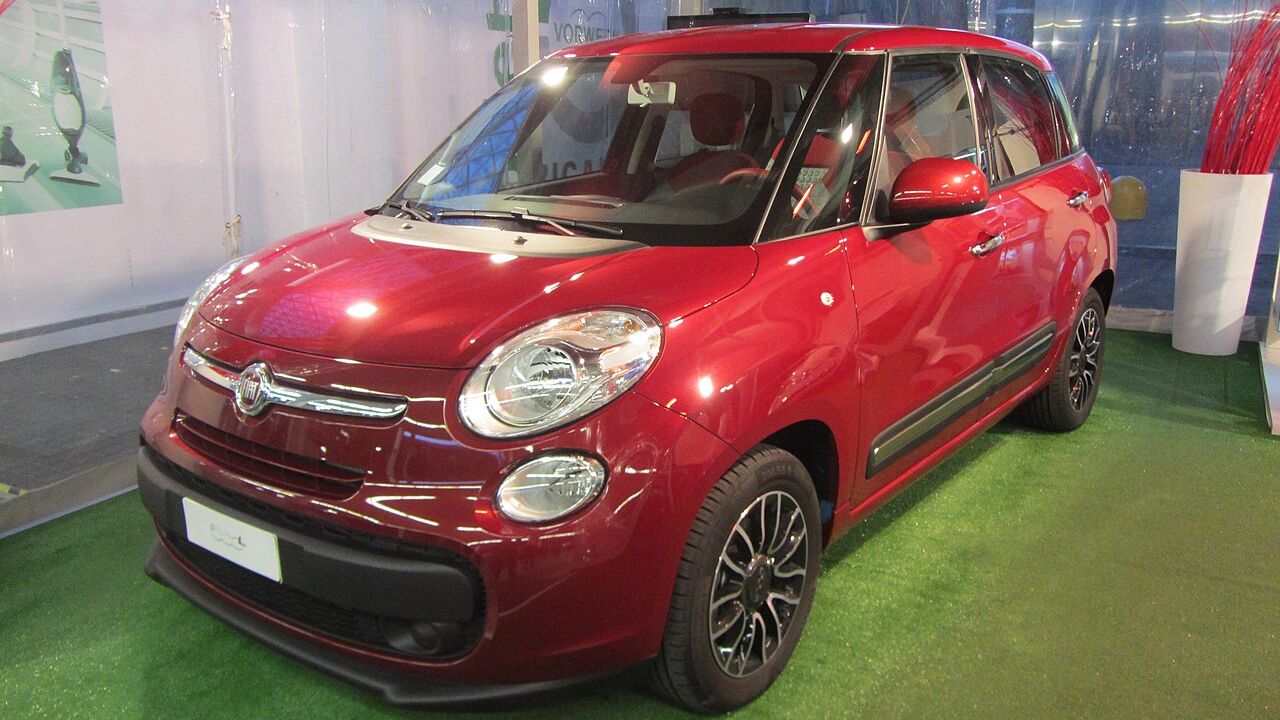
Regulatory and environmental challenges present another layer of complexity in the automotive industry’s decision-making process. Increasingly stringent emissions standards have compelled automakers to reassess their model lineups. The Fiat 500, for example, was discontinued in North America in 2019, partly due to the challenge of meeting these evolving standards while maintaining profitability.
Safety regulations also play a role, as older models may not comply with the latest safety standards without significant redesigns, which can be cost-prohibitive. As a result, manufacturers may choose to discontinue these models rather than invest in costly updates. Additionally, many companies are prioritizing environmental sustainability goals, focusing on eco-friendly models to meet corporate sustainability targets. This shift is evident in Volvo’s commitment to becoming a fully electric car brand by 2030, reflecting the broader industry trend towards electrification and sustainable practices.
Technological Advancements and Industry Trends
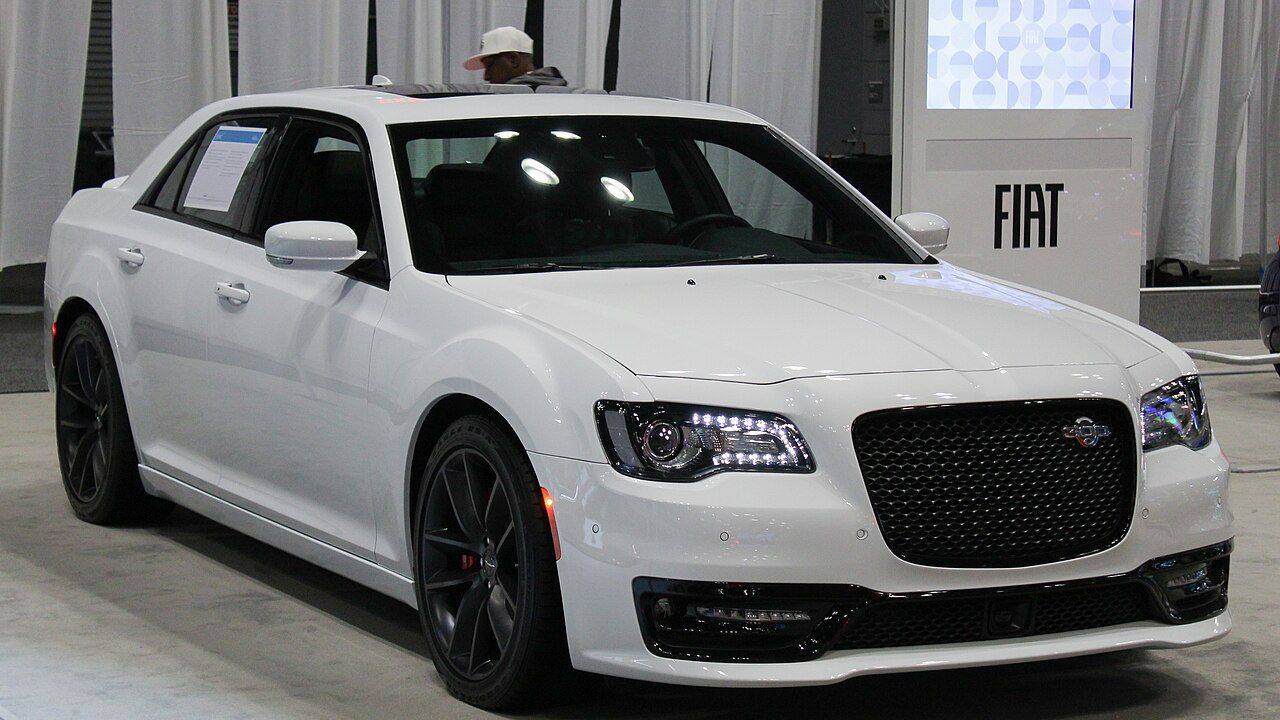
The rapid pace of technological advancements and evolving industry trends also contribute to the discontinuation of certain car models. As the automotive industry shifts towards electrification and autonomy, legacy models that cannot be easily adapted to new technologies are often cut. The Chrysler 300, while popular for its performance and design, faces an uncertain future as Chrysler pivots towards electric vehicles.
Integrating new technologies into older models presents significant challenges. Retrofitting existing vehicles with cutting-edge tech can be cost-prohibitive and technically challenging, especially when newer models are designed from the ground up with these advancements in mind. This focus on future readiness is crucial for automakers looking to stay ahead in a rapidly evolving market. Companies are increasingly investing in next-generation vehicles that promise greater efficiency, connectivity, and autonomy, ensuring their relevance in a competitive landscape.
Like Fast Lane Only’s content? Be sure to follow us.
Here’s more from us:
*Created with AI assistance and editor review.

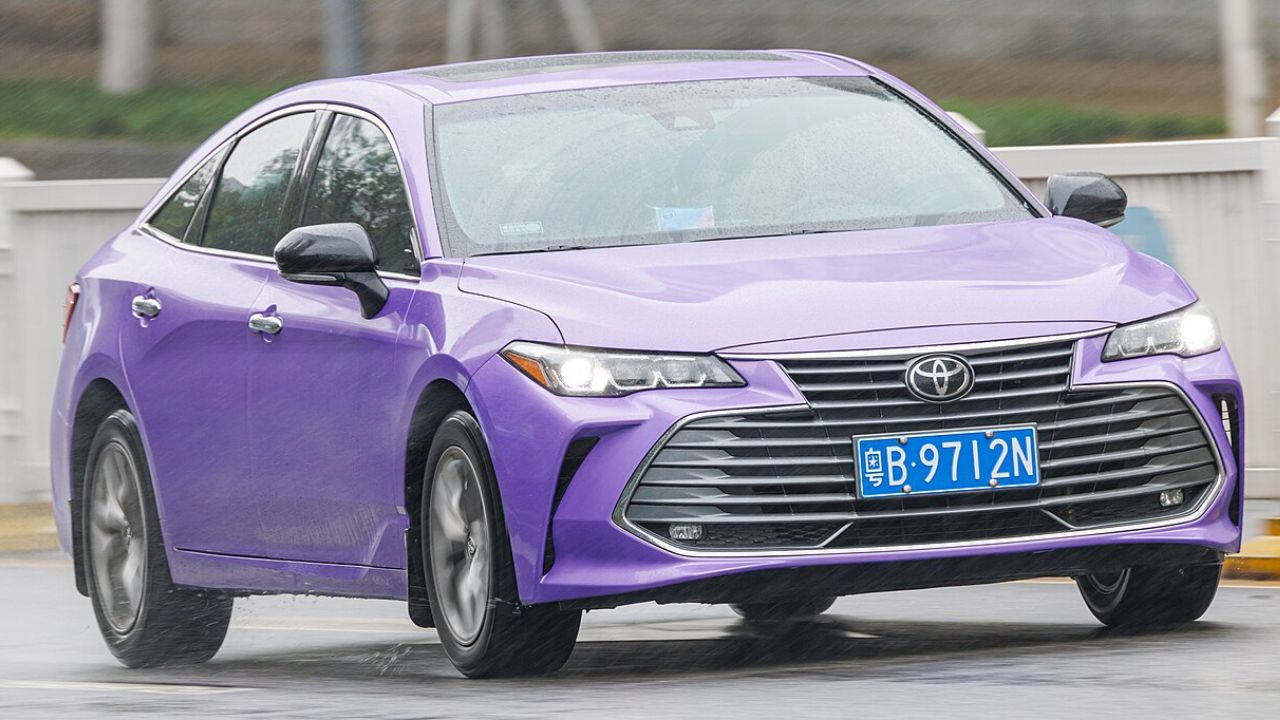
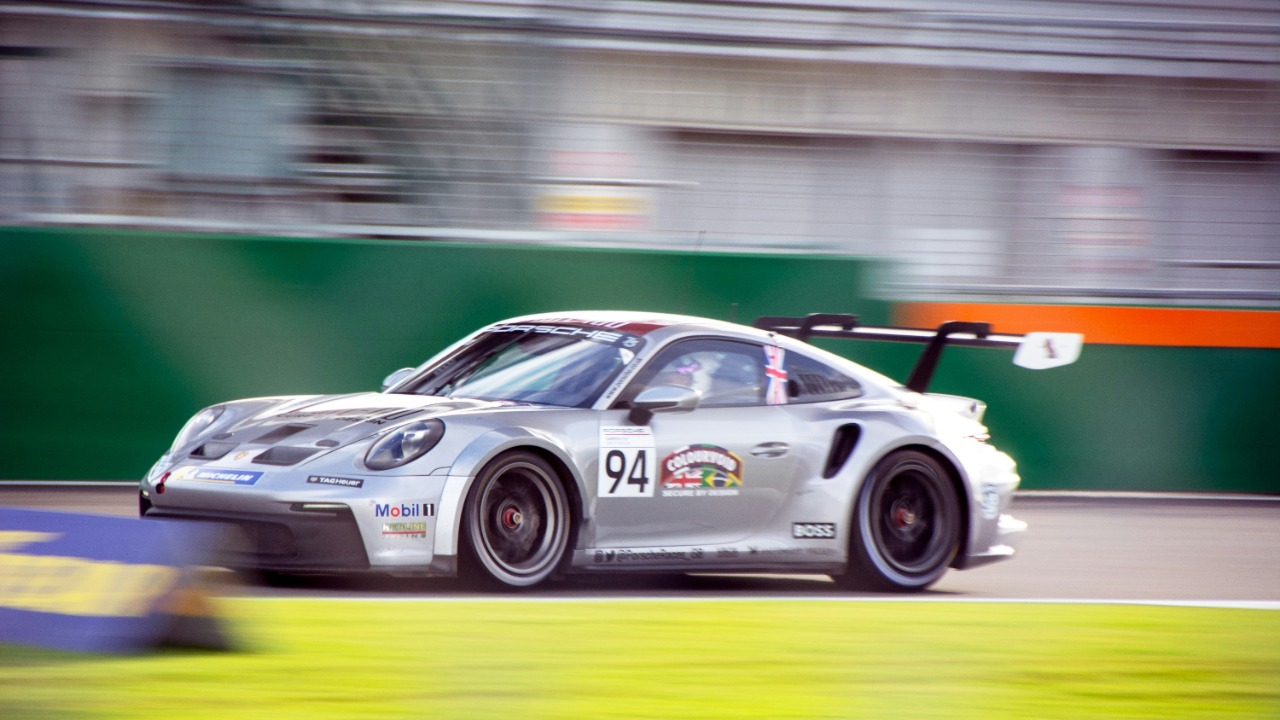
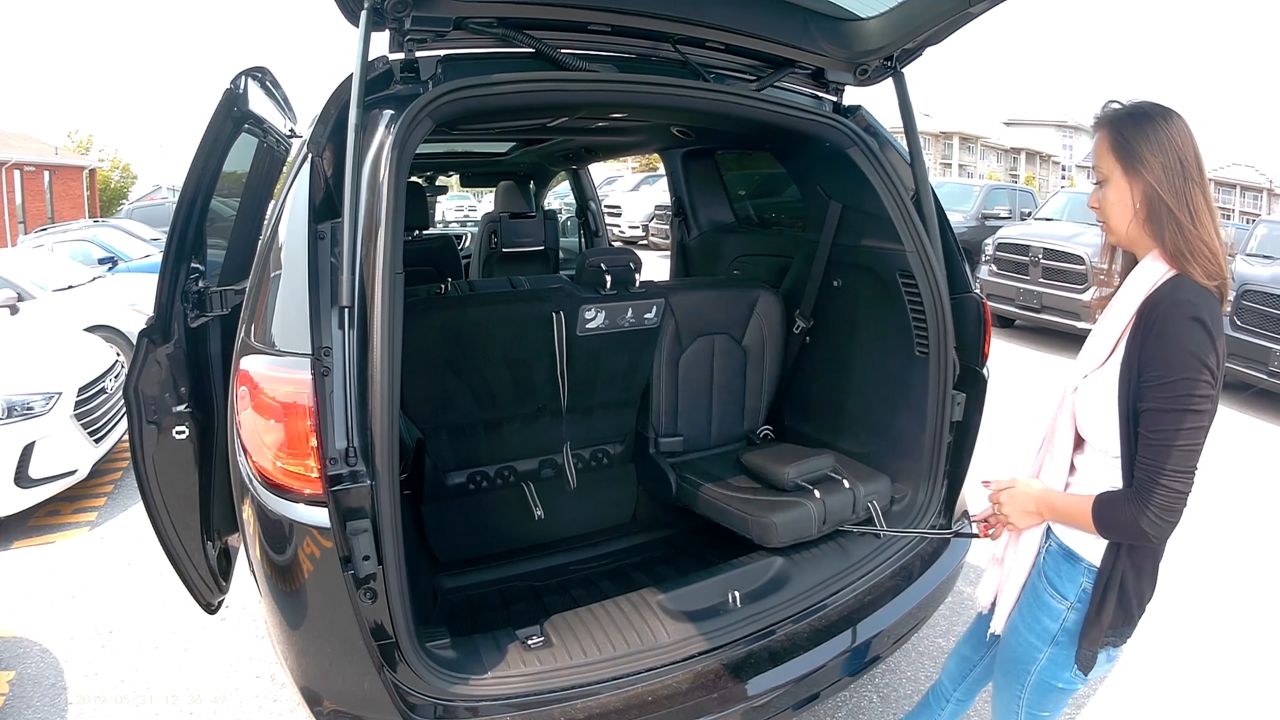
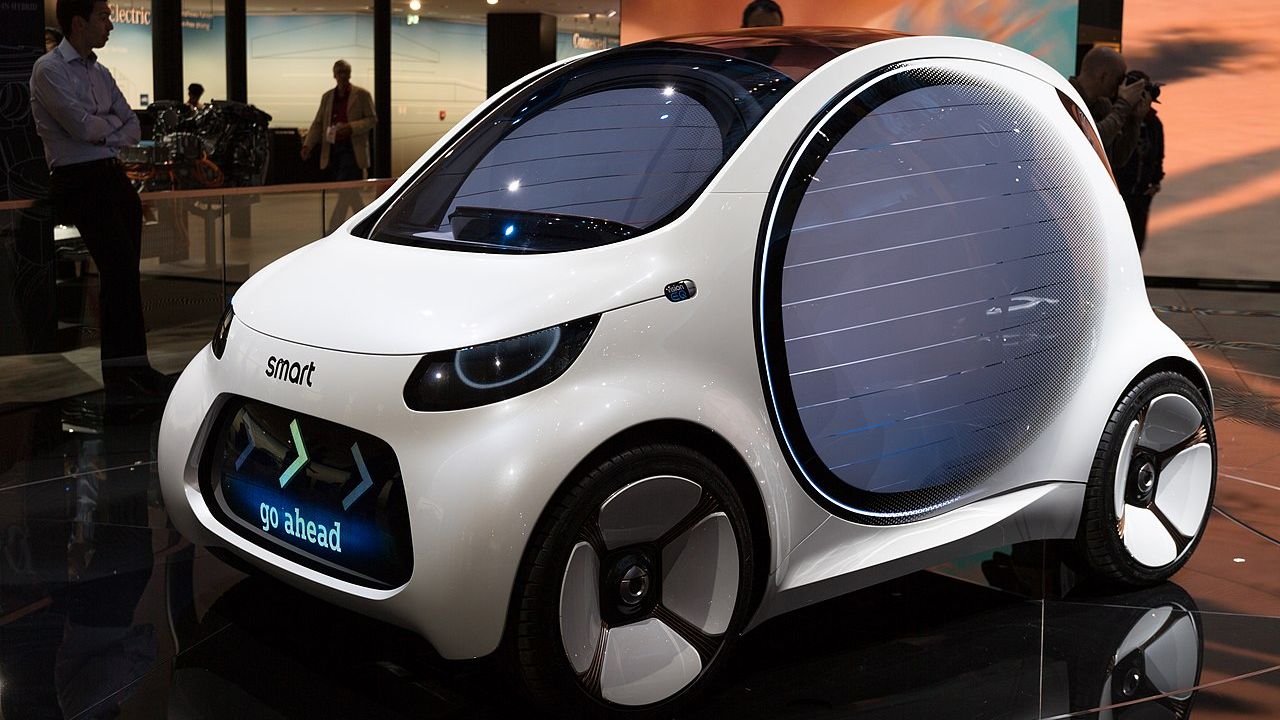
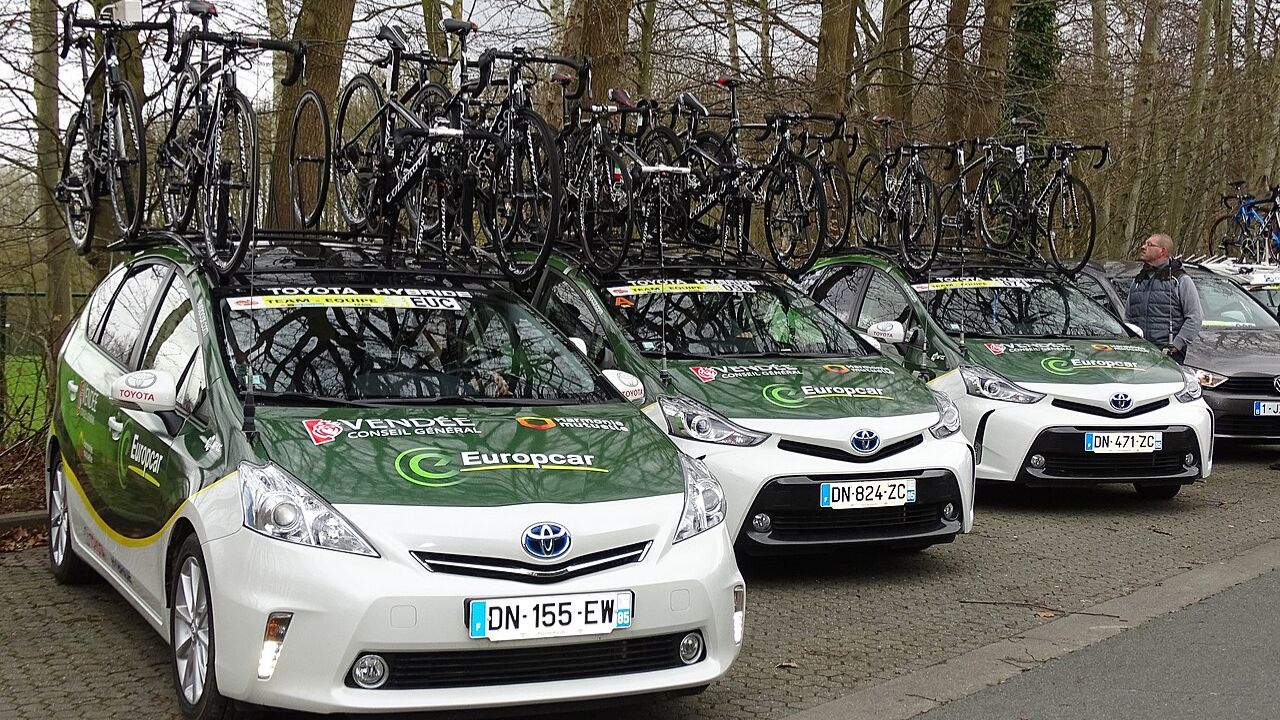
Leave a Reply